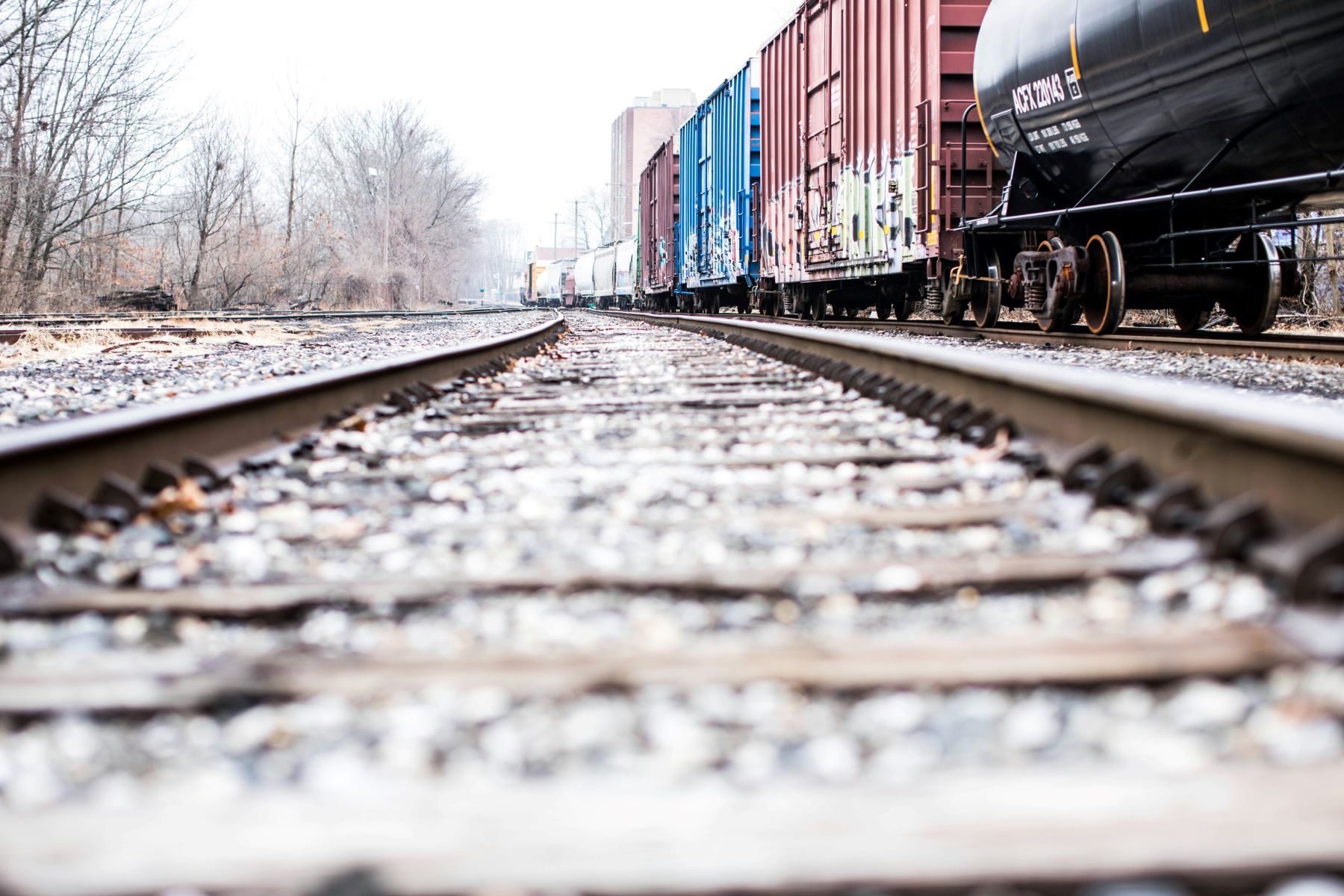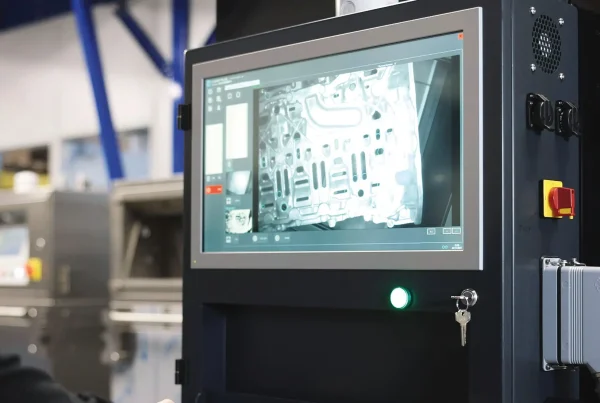The European Union has set ambitious goals for the transport sector, proposing the transfer of 30% of freight transport to railways over distances exceeding 300 kilometers by 2030 and 50% by 2050. Concurrently, the aim is to reduce the modal share of road transport from the current 60% to 41% by 2050. However, Italy faces a particularly complex challenge, considering 2022 data indicating a market share of only 11% for rail cargo, lagging behind the EU average (17%), Germany (19%), and Austria (30%).
Road transport holds a dominant position in Italy, with 60% of manufacturing employees located within 10 kilometers of highway exits, and 30% of freight traffic transported on highways, constituting only 3% of the extension of the Italian road network.
To address this challenge, intermodality, combining road and rail transport (truck + train), emerges as the only feasible option to shift growing volumes of goods from road to rail. However, despite growing awareness among businesses of the value of intermodality, the Freight Leaders Council highlights that combined transport still engages an insufficient number of industrial companies in Italy.
The analysis by the Freight Leaders Council.
This analysis involves a sample of 400 manufacturing companies engaged in import/export operations via sea in the Lombardy, Veneto, and Emilia Romagna regions, representing over 40% of Italy’s GDP and over 50% of the country’s import-export activity.
There is a low inclination among companies to use the railway or a road-rail modal mix in the company-port connection (for exports) and port-company (for imports). For exports, the average value of companies using the road-rail-sea mechanism is 13%, with Emilia-Romagna leading at 21%. For imports, the average value is 16%, with Emilia-Romagna again prominent at 23%.
Guido Grimaldi, president of Alis, the association for sustainable intermodal logistics, calls for an increase in intermodal incentives. Grimaldi emphasizes the importance of financial interventions for the Sea Modal Shift and the Ferrobonus, proposing an allocation of one hundred million euros annually for each measure. In 2022, despite the absence of the Marebonus incentive, there was a 4% increase in truck traffic on the Anas network compared to 2019, according to the Observatory of the Ministry of Transport.
Alis estimates that by 2023, intermodal transport will have removed six million trucks from Italian roads, highlighting the positive impact of stronger incentives on the transition to sustainable logistics. Grimaldi’s appeal reflects the need for a decisive government commitment to boost intermodality, reduce pollution, and promote a more efficient and ecological logistics system for Italy.
Carlo De Ruvo, president of Confetra, underscores the need for infrastructure and technological adjustments to enable the effective shift of goods from road to rail. To this end, investments of around 3 billion euros are planned in Italy over the next decade to meet the targets set by the European Union.
Of particular importance is road-rail intermodality for long-distance transport, especially in import-export with European countries and relations between Northern and Southern Italy. This necessitates investments in adapting the national rail network to new European standards and in rail terminals for combined transport, especially those located south of the Alps.
The Customs Corridor between Austria and Italy.
Carinthia is becoming a crucial logistics hub due to strategic investments in the railway sector. The completion of the ambitious 130-kilometer Koralm railway project between Graz and Klagenfurt is imminent. The 33-kilometer Koralm tunnel, already operational, reduces travel time between the two cities to just 45 minutes, with a maximum speed of 250 km/h expected by 2025.
In this Austrian region, an innovative transfrontier project with Italy is advancing: the first customs railway corridor in Europe, connecting the port of Trieste and the Villach Sud/Fürnitz interport. Stretching about 190 kilometers, this corridor will allow the direct transfer of containers from the port of Trieste to Austria without intermediate customs procedures, streamlining processes and expediting freight transport. This pioneering project will foster transfrontier cooperation, optimizing both time and costs while reducing CO2 emissions, promoting sustainable logistics.
The signing of a memorandum of understanding between Austria and Italy has laid the foundation for this initiative, which has recently been successfully activated with the launch of the first container train between the port of Trieste and Fürnitz, Carinthia. Comprising 17 wagons and carrying 19 containers, this marks a significant step toward efficient and sustainable railway logistics between the two countries.
Conclusions.
Despite the growing awareness among businesses of the importance of intermodality, its utilization remains limited. The National Recovery and Resilience Plan plays a central role, foreseeing targeted investments to enhance intermodality and the digitalization of Italian transport.
In this context, Alis, led by Guido Grimaldi, calls for an increase in intermodal incentives. Grimaldi emphasizes that the government should allocate one hundred million euros annually for both the Sea Modal Shift (road-sea combined) and the Ferrobonus. Alis estimates that by 2023, intermodal transport will have already removed six million trucks from Italian roads.
The challenge for Italy is significant, but intermodality represents a strategic key to success, requiring targeted investments and coordinated commitment from the government, industry, and transport operators.



